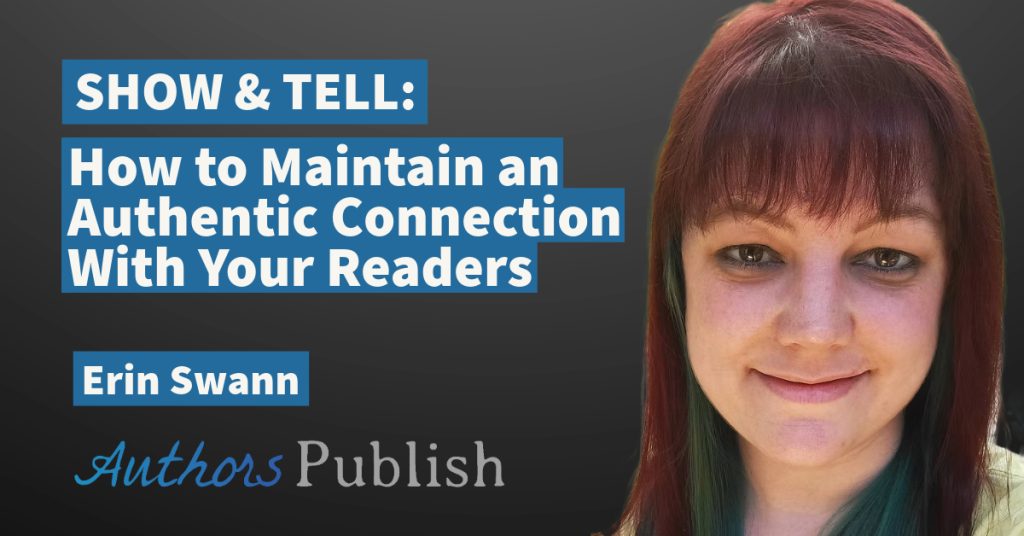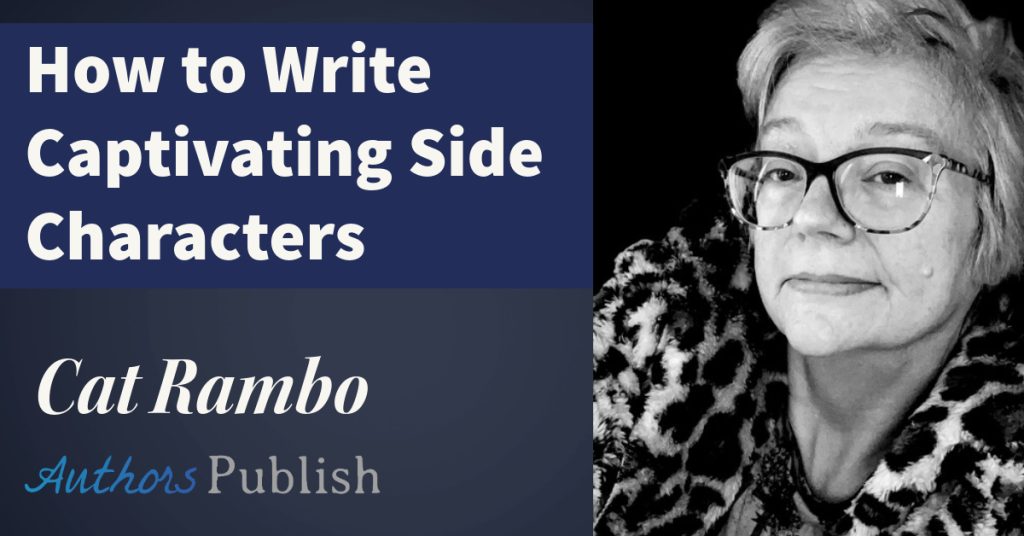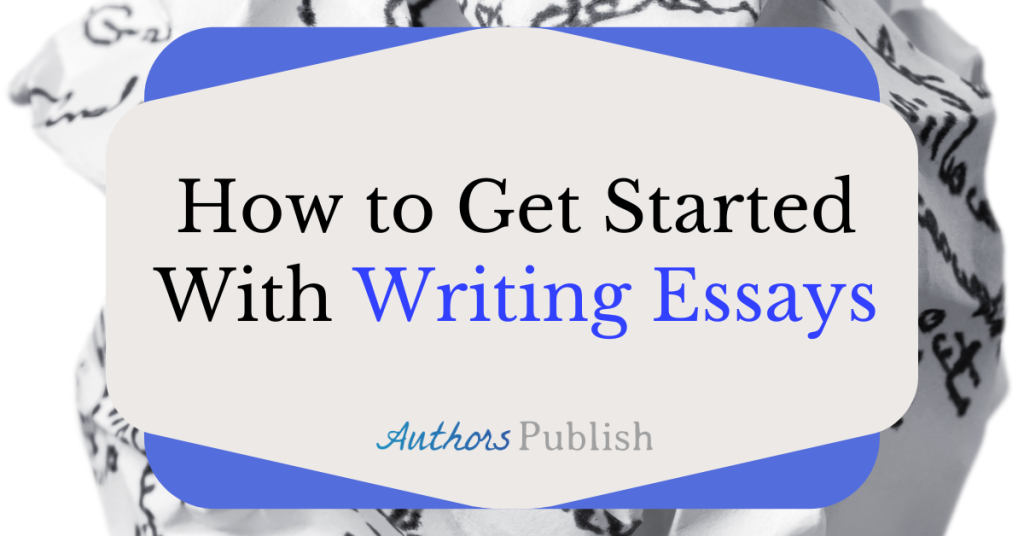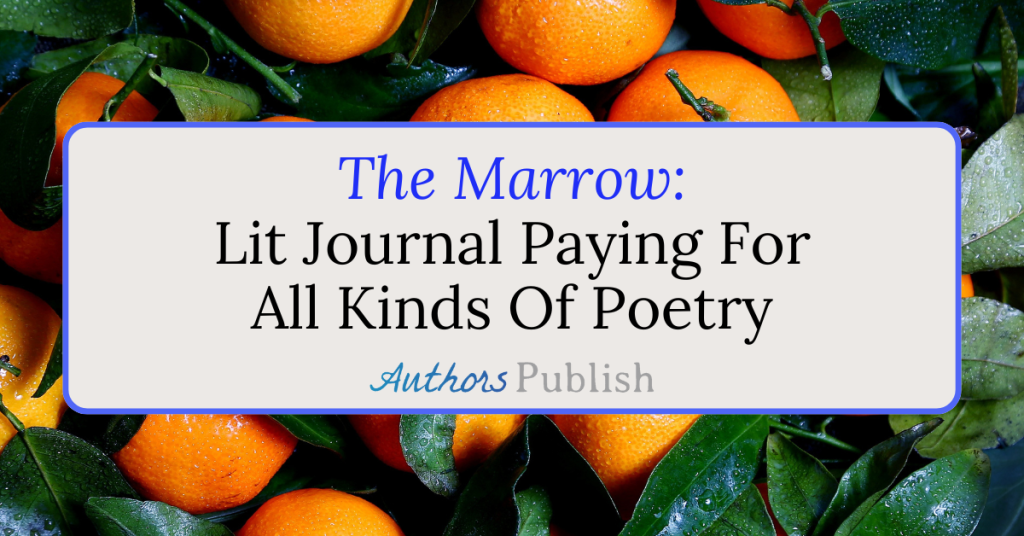Emily-Jane Hills Orford
How realistic is the dialogue in your stories? Does it set the mood of the scene? Describe the characters? Add backstory? Help the story move forward? A story without dialogue can be very dry and quickly lose readers’ attention. But, a story with unrealistic dialogue will also turn them away. In the deep thoughts of Alice, in Lewis Carroll’s Alice in Wonderland, “what is the use of a book without pictures or conversations in it?” Dialogue is an important tool in writing. Here are some tips on how to use it well.
First and foremost, in order to write believable dialogue, you have to be able to listen. Everywhere and at all times. Listen to what people are saying and how they are saying it. Listen to random conversations amongst people in the age group similar to your characters. Sit in a coffee shop, enjoy a cuppa and listen to the chatter all around you. Sit on the bus and listen to the random conversations around you. How does the driver greet passengers – if they actually do greet them? How do riders greet the driver?
Take notes, usually pen on paper, but you can also type it into your techie device. It will certainly make you blend in, appear less suspicious, because everyone around you is probably texting.
There’s lots of real life conversational material out there, if you just listen and observe. Granted, the younger generation usually sits glued to their smart phones, texting the person sitting right next to them. But, some of them still know how to talk. And, how a young person talks is quite different than how a 60 plus adult talks.
Listen to talk shows, TV shows – recorded and live entertainment is very savvy about keeping dialogue realistic.
Secondly, and just as important, READ! You are a writer, so you must read. You can’t write if you can’t, or don’t, read. And, pay attention to what you’re reading. Ask yourself how effectively the author uses dialogue. Does it fit with the character, the age group, class, the era, the culture? Now, era is definitely something to take seriously. If your story is set in the Middle Ages, having a character say, “Hey man. What’s happenin’?” is distinctly out of character for the era.
Also, using contractions pre-1950s is not always realistic. My grandmother often said that in the 1920s, when she tried to speak with contractions, she was instantly corrected by her father, who told her, “Get your mouth out of the gutter and speak like a lady.” Contractions were used pre-1950, but only in certain situations and amongst certain classes of people. The rise of Hollywood movies and popular songs (for example, I’ll be home for Christmas, sung by Bing Crosby in 1943), changed the overall perception and use of contractions in regular speech.Another thing to consider when writing dialogue is the individual character. Are they from a foreign country? Would it be useful to write their voice in the vernacular, using the language or accent of the character’s ordinary speech pattern? Or would this just further confuse the reader? Here’s an example:
“Ye’re richt, Donald,” said Store Thompson, at length, “what wi’ the whusky an’ the wild goin’s on, this place is jist in a bad state. But it’s thae Eerish. Man,” he continued emphatically, “thae Eerish, whether Catholic or Protestant, are jist a menace to the country, aye, jist yon, jist a menace, like!” (Marian Keith, The Silver Maple)
This is an example of a popular vernacular technique, to write dialogue with the accent appropriate to the setting, or to reveal the nationality of the character. If one of your characters is from the far north of Scotland and has a very strong Scottish accent, you may want to write the dialogue to reveal that accent. However, as in the example above, too much vernacular can lose the reader, especially if it’s difficult and cumbersome to follow. It might be better to describe the accent rather than to duplicate it. Another thing to consider is the character’s background. Taking my grandmother as an example again, she came to Canada in 1910 with her parents and brother. She was only eight. Her parents, particularly her father (again), insisted she and her brother lose their Scottish accent and “speak like a Canadian.” That was a common opinion in the early twentieth century: to be accepted into a new culture, you had to blend in, completely, including and especially your speech.
Another popular vernacular technique is to write dialogue in another language to reflect the character’s ethnicity. If you’re writing about someone whose first language is French, you may think it’s useful to include some dialogue in French. Sometimes that works, and sometimes it doesn’t. If you’re using French dialogue that is familiar to most people who don’t speak French, then why not? It does add flavor to your dialogue. However, if you add too much French, you will lose potential readers. Plus, adding words in a foreign language, particularly in dialogue, it’s imperative to make sure you have the correct words, correct spelling, correct verb tenses and so on. In other words, make sure the dialogue in the foreign language is accurate to both time and place, much as you must make sure the dialogue in English is also accurate to both time and place.
Don’t forget to consider various speech impediments. If you have a character who has a bad stutter, how much, if any, do you try to imitate in the written dialogue? Consider the following example:
“Then I w-won’t come over t-tomorrow,” Stacy said. “L-life is hard enough w-without you g-giving me s-such a h-hard time.”
If you decided to imitate the stuttering in the written dialogue, add just enough to give the reader the idea of the character’s malady. Too much will make the reading difficult. And remember to spell the entire first sound of the st-stutter before the h-hyphen, and be careful not to over spell it, meaning, don’t spell what you don’t want pronounced. After all, s-stutter is not quite the same as st-stutter or stu-stutter, and p-pronounced is n-not the s-same as pr-pronounced or pro-pronounced (or, more realistically, p-pron-n-nounced).
If you’re writing about contemporary teenagers, you might want to consider including acronyms in your dialogue. Yes, it’s true: we live in an era full of acronyms. It’s a new form of shorthand, used primarily in texting, messaging and even emails. However, people, particularly young people, also use some of the popular acronyms like LOL when they’re talking. Just be careful you don’t overdo it. There are some acronyms that everyone, or at least most people, know and recognize, but there are a lot of acronyms that are obscure and unrecognizable. Some people even have their own made-up list of acronyms. I once tried to read an 800-page book that was primarily written using acronyms. I was instantly lost. The last thing a writer wants to do is lose their readers. Personally, I would avoid using acronyms, unless it’s absolutely obvious the meanings and it relates of a conversation that is primarily carried out through texting.
Swearing is another tricky inclusion to dialogue. So much of contemporary conversation is laced with a widely colorful range of swear words. It’s easy to become trapped in the idea that, as writers, we can use these swear words freely, regardless of the era, class, or even culture in which our story exists. Did you know that some of the swear words we use freely today have only existed for the last hundred years? I can even remember fifty years ago being told I’d have my mouth washed out with soap if I ever said the word “darn” again. Many of the swear words we use today might not be appropriate or relevant when writing dialogue for the knights of King Arthur’s round table. That doesn’t mean all of your dialogue should be or needs to be clean, but, if you want your characters to swear, do some research and discover what swear words fit the time period, the social class and the culture of the characters. Make even swearing dialogue believable.
And then there’s the formatting. Dialogue is useless in any story if the reader doesn’t know who’s saying what and when. Consider the following example:
I hate you,” Sara yelled at her mother. “Don’t say that,” her mother replied. “I’m only telling you the truth for your own good.” “That’s what you always say.” “She’s right, you know.” “Now don’t you start taking sides with your sister.” ”Why not! Someone has to.”
What is wrong with the above passage? Is it clear who is saying each quote? Why not? Remember, each character needs his/her/their own paragraph and each dialogue paragraph should start a new indented line. Do not double space between paragraphs unless the editor/publisher requests it.
Another pitfall that affects the readability of dialogue is the habit of ignoring or avoiding the use of dialogue tags. What are these? The “he said,” “she said,” “they said,” notations that identify the speaker. If there’s only two people talking, then you might be able to get away with a couple of lines of dialogue exchange without identifying the speaker, but don’t carry this habit on too long. So many writers get carried away with short, snappy comments being exchanged back and forth, sometimes for several pages, and the reader very quickly loses track of who said what, when and why.
Finally, make your characters talk to you. And be sure to talk back. Hold conversations in your head, or, if you’re alone, be brave and hold conversations out loud. Talking to your characters doesn’t mean you’re crazy; it means you’re a writer.
Emily-Jane Hills Orford is a country writer, living just outside the tiny community of North Gower, Ontario, near the nation’s capital. With degrees in art history, music and Canadian studies, the retired music teacher enjoys the quiet nature of her country home and the inspiration of working at her antique Jane Austen-style spinet desk, feeling quite complete as she writes and stares out the large picture window at the birds and the forest. She writes in several genres, including creative nonfiction, memoir, fantasy, and historical fiction. http://emilyjanebooks.ca






